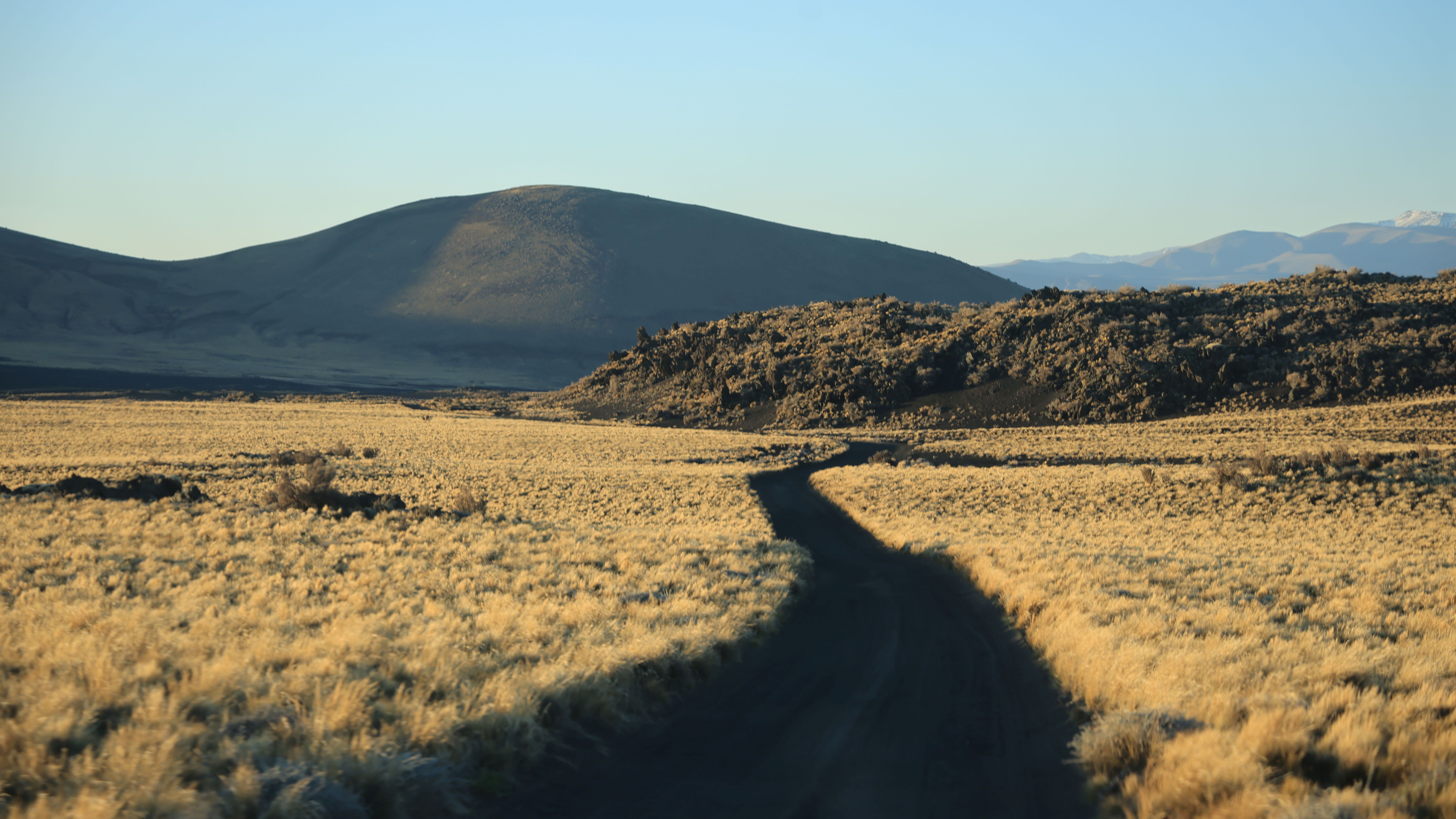Promoting regeneration and coexistence between native wildlife and local communities
A rugged and vast landscape, shaped by ancient volcanoes and relentless winds, steep mountains, deep canyons, and plateaus that slope down toward the sea, is home to a unique community of wildlife. The Patagonian steppe and scrubland, covering 700,000 km2, are the last stronghold of the guanaco, including the world's largest migratory population; Darwin’s rhea; Andean condor; many endemic species of plants, reptiles, and insects; and tens of thousands of swans, flamingos, and cauquenes. Arid Patagonia is also home to the southernmost population of the endangered Andean cat and hosts an important array of other native carnivore species such as the puma, culpeo fox, gray fox, wild cats, and pampas cat, as well as skunks and ferrets.
Challenges
Although seemingly wild and timeless, human activities have greatly altered the temperate grasslands of southern Argentina. Guanacos and Darwin’s rhea were historically the main source of food for pumas and Andean condors, and their grazing shaped the landscape. Today, these herbivore populations have declined considerably,
especially in north-central Patagonia, due to poaching, competition for food with sheep and goats, and the presence of fences and roads that have created obstacles to their seasonal movements. These migrations kept populations abundant and allowed them to make optimal use of resources, keeping the grasslands healthy.
With the scarcity of native prey in large parts of the region, the coexistence between wild carnivores—such as pumas and foxes—and livestock became a major challenge, as producers often resort to lethal techniques to protect their livestock from attacks, such as trapping, hunting, and even poisoning, which also indirectly affects species of birds of prey and scavengers.
The degradation of vegetation and soil, and desertification linked to unplanned livestock management that has not adjusted to the changing carrying capacity of the environment for more than a century, combined with increasing aridity due to climate change, is now the most significant environmental problem in Patagonia.

Other human threats and pressures affecting wildlife species and their habitats in the Patagonian steppe include the spread of exotic species, poaching, and intensive extractive activities such as oil, gas, and mineral exploration and extraction.
Our work
Our vision is a network of core conservation areas interconnected by effective corridors to protect the biodiversity of arid and semi-arid Patagonia, in coexistence with rural communities that adapt their livestock farming to regenerative management models.
We consider it essential to conserve the main vegetation units, special environments, endemic species, and functional populations of species that require extensive and connected habitats, and to create conditions that allow this biodiversity to adapt and evolve in the face of future environmental changes.
To achieve this vision, we work to restore and maintain the protected areas of arid Patagonia in the wildest state possible, collaborating with government agencies, provincial and national, to increase the areas under protection and manage the reserves effectively.
On lands used for extensive livestock grazing, we support producers in their efforts to manage livestock in a wildlife-friendly manner, contribute to vegetation regeneration, and restore the soil.
In all cases, we use a science-based approach and collaborate with the academic sector to find solutions to challenges.
Accomplishments
Through a collaborative approach, we have helped to conserve some of the main distribution areas of guanacos, native carnivores, and Andean condors in the steppe and shrublands of arid Patagonia.
We work with oil companies and the government to restrict poachers' access to an area of more than 2,200 km2 in northwestern Patagonia, effectively closing hundreds of disused oil roads and promoting the recovery of guanacos and other wildlife subject to poaching.
We have helped develop management plans for six protected areas and various key species, and provided technical advice and conservation training to management agencies and nearly 200 park rangers, technicians, and professionals.
We have contributed to significantly expanding the land under public management in the La Payunia reserve, which is home to the largest migratory population of guanacos.
By combining ecological, economic, and social research approaches, we have helped design regenerative and wildlife-friendly production models for the steppe that are more ecologically and economically sustainable than traditional systems. For example, we innovated and promoted the use of livestock guardian dogs to minimize attacks by wild carnivores, reducing economic losses for producers, and retaliation against native species. We also manage the granting of Wildlife Friendly™ certification to producers who undertake these efforts and cooperate in the search for markets, which is already contributing to raising the value of Patagonia's regenerative fibers.